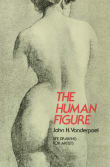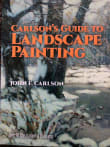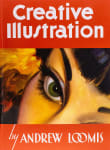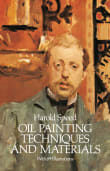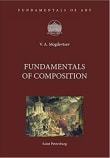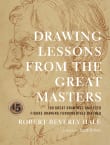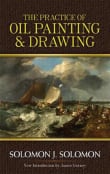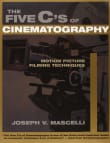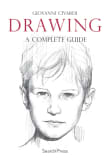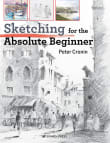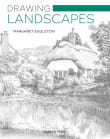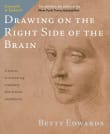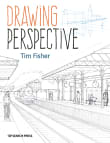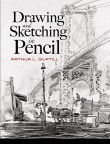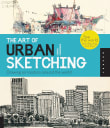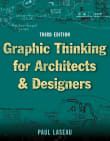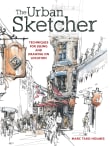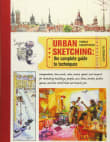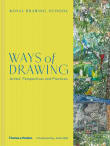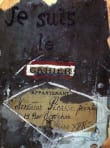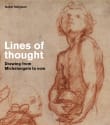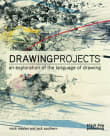The Practice and Science of Drawing
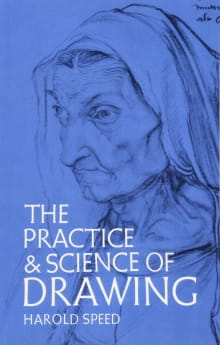
Book description
Much of the learning to practice as well as to appreciate art is concerned with understanding the basic principles. One of these principles is what Harold Speed calls "dither," the freedom that allows realism and the artistic vision to play against each other. Very important to any artist or work…
- Coming soon!
Why read it?
2 authors picked The Practice and Science of Drawing as one of their favorite books. Why do they recommend it?

The Practice and Science of Drawing is one of the few books worth reading every page of. I thumbed through it for years before finally reading it. The author breaks down drawing into two major categories, that of line and that of mass, and how they are distinct from one another, yet how they are intertwined in their ability to render form. An awareness of both concepts is crucial to a full education of the artist.
From Robh's list on timeless art advice.

Harold Speed's classic text bridges the often-difficult gap between drawing and painting. He starts with a tutorial on seeing, the foundation of accurate drawing. He distinguishes between line drawing and what he calls 'mass drawing'—essentially monochrome painting. Although his writing style might strike some modern readers as old-fashioned and opinionated, he makes a good case and covers useful aesthetic territory.
From James' list on color and painting.
Want books like The Practice and Science of Drawing?
Our community of 12,000+ authors has personally recommended 100 books like The Practice and Science of Drawing.
